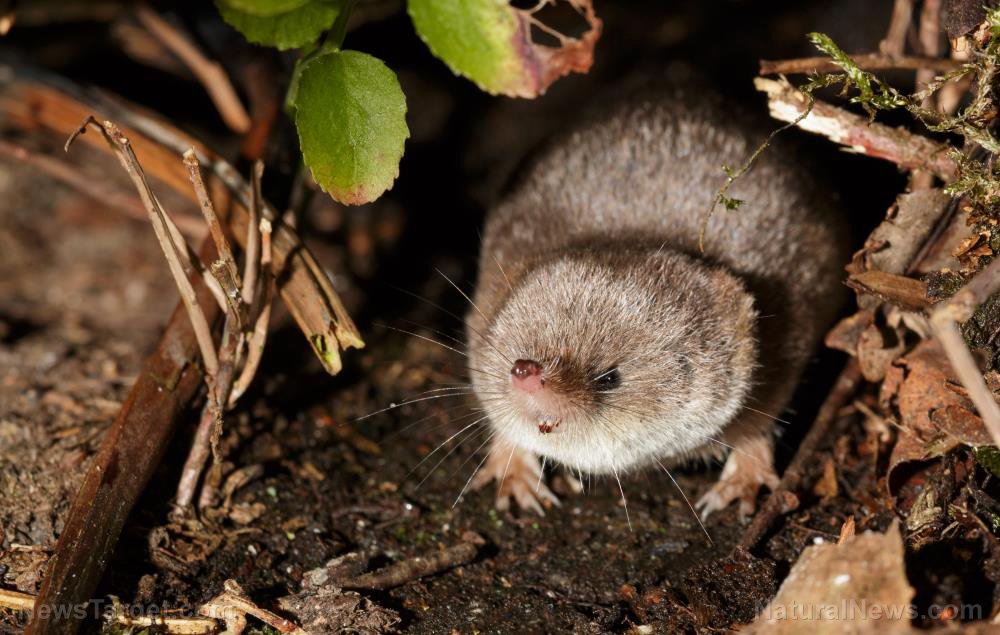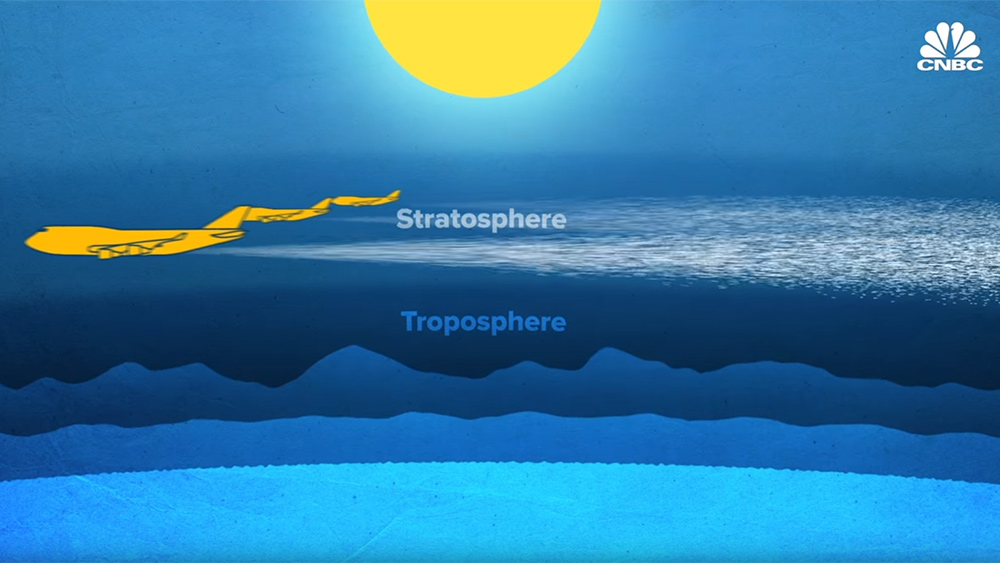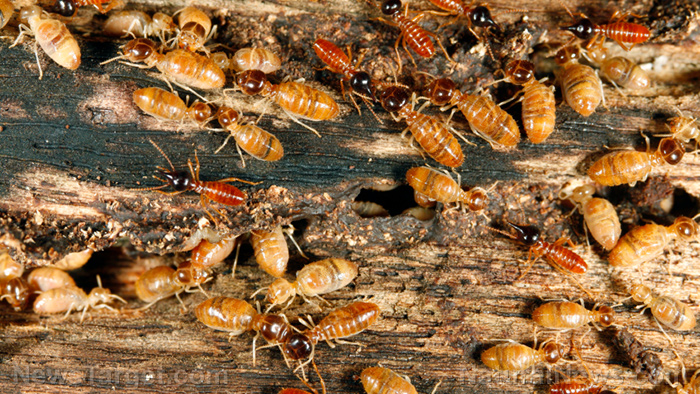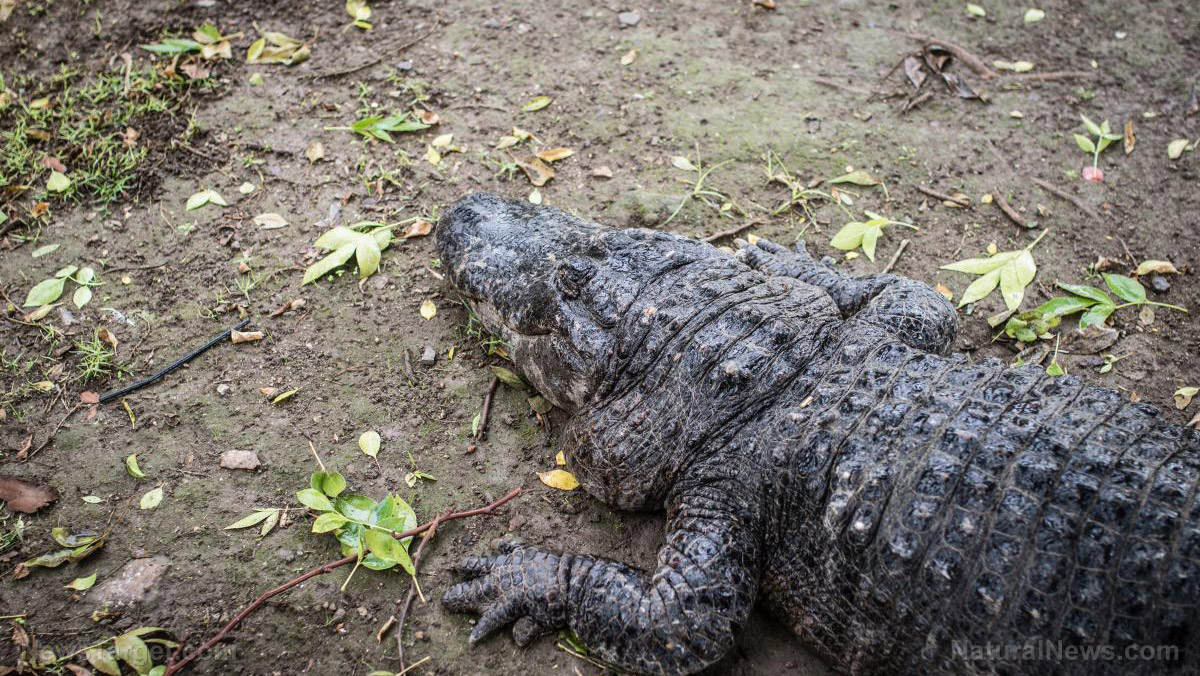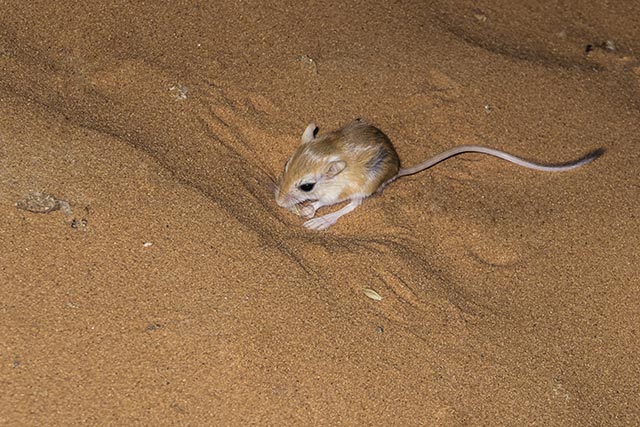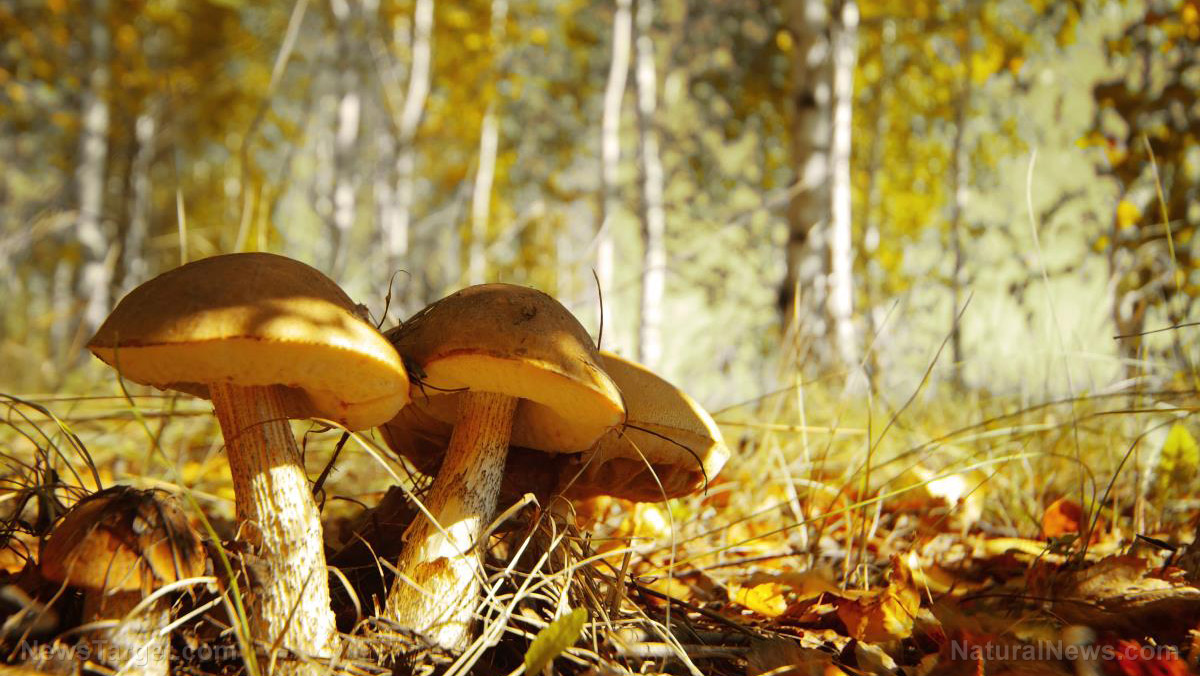Save the bees: The American Bumblebee may become critically endangered, warn researchers
09/20/2019 / By Edsel Cook

There is a reason why residents of Ontario haven’t seen many American bumblebees (Bombus pensylvanicus) in recent years. Canadian researchers warned that the once-common and vital pollinators are teetering on the brink of extinction.
A recent study discovered that the Canadian population of the bumblebee species has reached the point of imminent local extinction. If their decline remains unchecked, the American bumblebee will disappear from the country.
The native species of bumblebees plays a vital role throughout North America. Bees of this species pollinate apples, blueberries, legumes and other food crops.
Bumblebees also perform the same pollinating services for wild plants like flowers, shrubs, and trees. However, their numbers across the continent are dropping.
A Canadian advisory committee recently assessed the extinction risk of the American bumblebee. It concluded that the species deserves “special concern” as it may become endangered in the future.
However, researchers at York University warned that the species faces far greater danger than the official assessment. The American bumblebee might disappear from Canada much earlier than expected. (Related: Neonicotinoid exposure makes bees less social, causing them to neglect their young… experts say this could stunt the growth of bee colonies.)
The Canadian population of the American bumblebee is approaching critically endangered status
“This species is at risk of extinction and it’s currently not protected in any way despite the drastic decline,” explained York researcher Sheila Colla. “Now that we have assessed the extent of the decline and located where the remaining populations are, we can look more closely at threats and habitat requirements to design an effective conservation management plan so that this species does not disappear from Canada forever.”
One of the co-authors of the study, Colla started studying bumblebees in Southern Ontario during the mid-2000s.
Assisted by her student Victoria MacPhail as well as a colleague from the University of Vermont (UVM), Colla started her research with data from Bumble Bee Watch, a citizen science program in Southern Ontario. In it, participants took photos of bumblebees and sent them to experts via a phone app or website for analysis.
The York and UVM researchers also searched the Bumble Bees of North America database for records of bumblebee species that lived in Ontario and Quebec beginning in the late 19th century.
After combining data from these two sources with the results of their field surveys, the researchers evaluated bumblebee numbers using the criteria set by the International Union for the Conservation of Nature’s (IUCN) Red List.
Other native bumblebee species are also dying off in Canada
Their study revealed that American bumblebees are showing up in only 30 percent of their original territory. The bees’ relative abundance has dropped by 89 percent from 2007 to 2016.
MacPhail noted that the American bumblebee previously appeared in many locations around Canada, including Ottawa, Quebec, and Toronto. However, the species’ overall range has declined in recent years by 37 percent, and American bumblebees have now became restricted to a few core areas.
Prior to this, Colla had studied the rusty patched bumblebee (Bombus affinis). Formerly sharing much of Southern Ontario with the American bumblebee, rusty patched bumblebees haven’t been seen in Canada for the past ten years.
As such, this species of bumblebees is now considered critically endangered. It, unfortunately, never gained any sort of protection. The researchers are worried that its cousin, the American bumblebee, may encounter the same fate.
“The American bumblebee is still found in areas throughout its Canadian range and immediate action may save it from the same fate as the Rusty-patched Bumblebee,” Colla urged.
Sources include:
Tagged Under: American bumblebee, animals, bee crisis, bee decline, bee extinction, bee pollinators, bees, Bombus affinis, Bombus pensylvanicus, bumblebees, Canada, conservation, Ecology, Endangered species, environment, extinction, pollinators, population decline, research, rusty patched bumblebee, wildlife
RECENT NEWS & ARTICLES
COPYRIGHT © 2017 ECOLOGY NEWS

